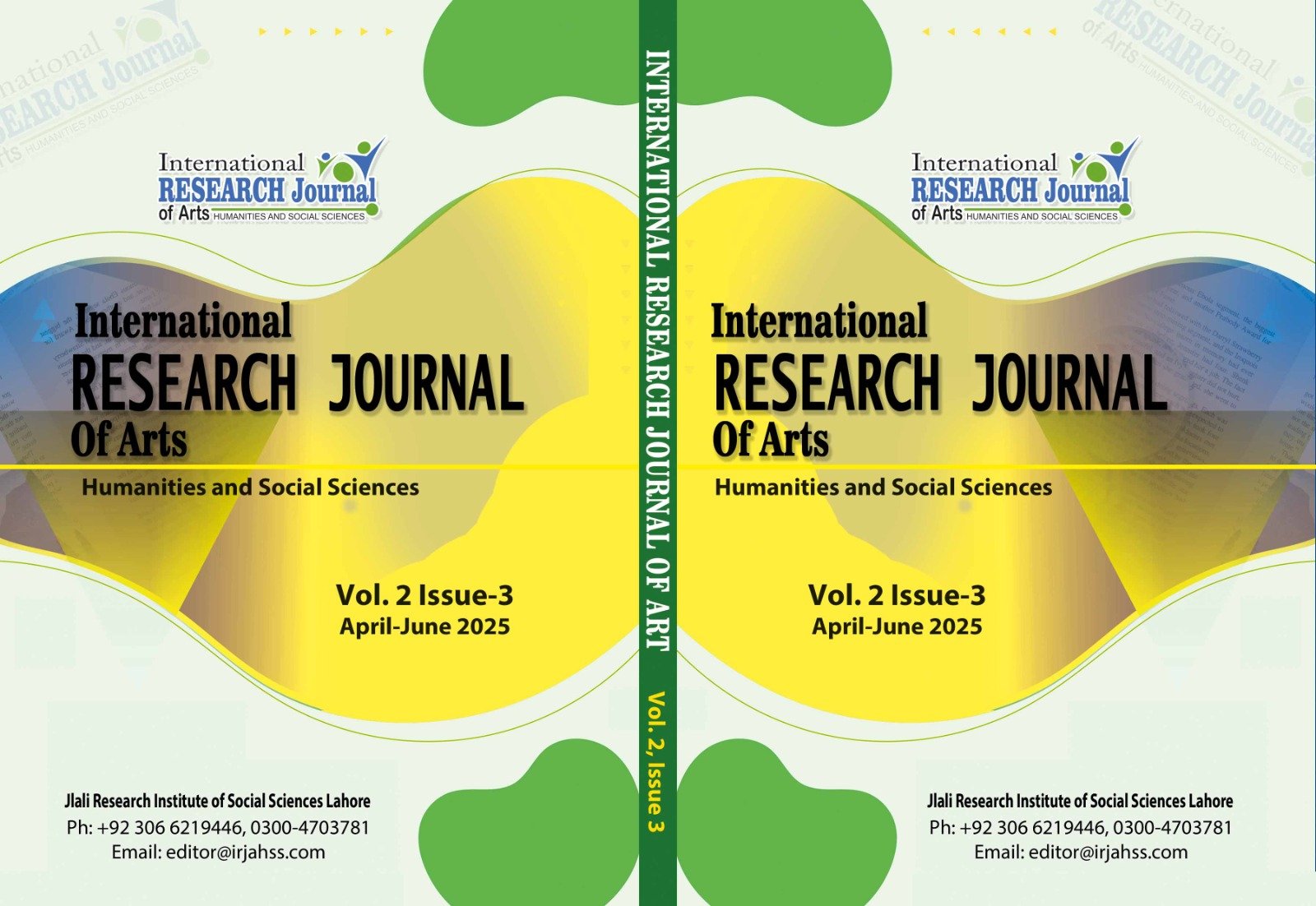A Socio-Linguistic Analysis of Doctor-Patient Medical Interaction in Public and Private Hospital of Lahore
DOI:
https://doi.org/10.3456/025n1035Keywords:
doctor-patient communication, healthcare, language barriers, cultural competence, Pakistan hospitalsAbstract
Effective doctor-patient communication is crucial for quality healthcare delivery, yet it often faces challenges in Pakistan’s public and private hospital settings. This study aimed to assess the specific issues affecting doctor-patient interaction, examine how demographics like age, gender, and education influence communication, and propose practical strategies to overcome these barriers. The research adopted a mixed-methods approach, involving interviews with doctors and structured questionnaires filled by patients in Lahore’s hospitals. Findings revealed significant communication gaps due to language barriers, short consultation times, and cultural hesitations—especially among less-educated and female patients. While doctors acknowledged the importance of effective communication, many lacked formal training or time for patient engagement. Results emphasized that private hospitals showed relatively better communication practices than the public ones. The study recommends communication training for healthcare personnels, the use of visual aids, interpreters, and policies supporting culturally sensitive care. These measures are essential to building trust and improving treatment outcomes in Pakistan’s healthcare system.
Downloads
Downloads
Published
Issue
Section
License
Copyright (c) 2025 International Research Journal of Arts, Humanities and Social Sciences

This work is licensed under a Creative Commons Attribution 4.0 International License.
Disclaimer: The International Research Journal of Arts, Humanities and Social Sciences (IRJAHSS) upholds the principles of open access, ensuring unrestricted access to scholarly content to foster the sharing and advancement of knowledge. The opinions expressed in the articles solely belong to the authors and do not necessarily reflect the views or policies of the journal's editorial team, editorial board, advisory board or research institute.






